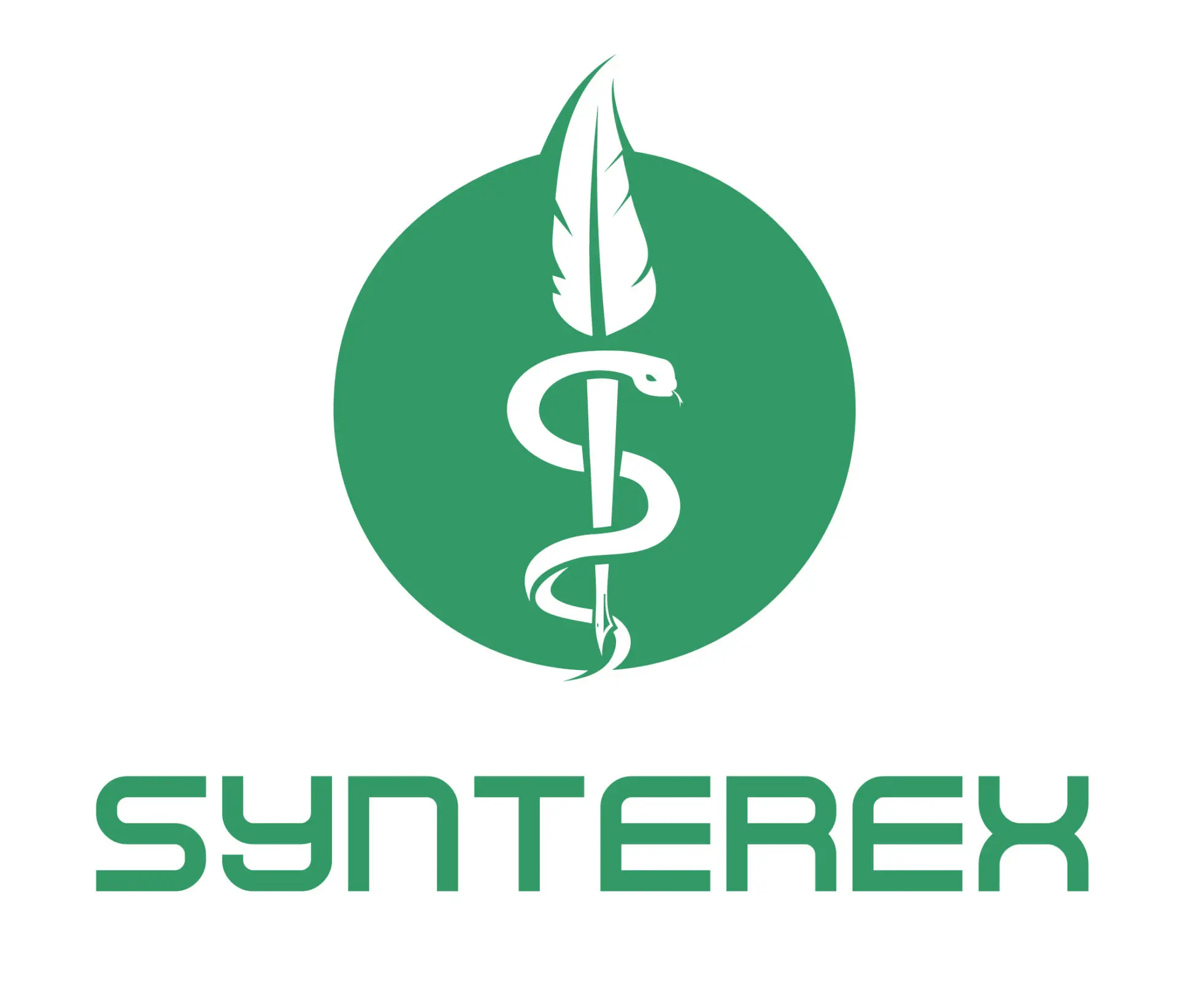In recent years, the integration of Artificial Intelligence (AI) into various sectors has sparked widespread discourse, particularly concerning its application in the medical writing field. With numerous claims suggesting that AI could potentially replace medical writers or drastically reduce the time taken to prepare regulatory documents, it’s crucial to address these assertions with a balanced perspective. This article will explore the reality behind AI’s role in medical writing, emphasizing the importance of human oversight as dictated by recent policies and guidelines.
The Role of AI in Medical Writing
AI has undeniably transformed many industries, and its impact on medical writing is significant in terms of assisting with data management and initial draft preparations. Tools powered by AI can help streamline the collection and organization of clinical data, suggest phrasing, and highlight areas for further review of signals, and even ensure that the writing adheres to certain regulatory standards. However, the notion that AI could completely replace human medical writers is not only premature but also overlooks the nuanced expertise that professionals bring to the table.
Hyperbole in AI Capabilities
It’s easy to get swept up in the hyperbole surrounding AI capabilities. Claims such as AI reducing the preparation of complex regulatory documents to mere seconds are exaggerated and misleading. Such statements fail to account for the intricate processes involved in medical writing, including the interpretation of clinical data, the nuanced understanding of medical terminology, and the strategic presentation of information that aligns with regulatory requirements. AI, in its current state, is incapable of handling these complex tasks without human intervention.
Human in the Loop: A Necessary Oversight
Recent policies and guidance underscore the necessity of maintaining a “human in the loop” in medical writing processes. This concept refers to the requirement that humans oversee and verify the work produced by AI tools, ensuring accuracy, compliance, and appropriateness of the content. The human element is crucial, especially in a field as critical as medicine, where the stakes include patient safety and regulatory approval.
Regulatory Challenges and AI
Regulatory bodies have set forth guidelines that require thorough review processes, which AI alone cannot fulfill. These regulations are designed to ensure that all submitted documents are not only accurate but also meet the highest standards of medical and ethical rigor. While AI can assist in ensuring that certain sections of a document are in line with regulatory standards, the overall responsibility of meeting these standards lies with human professionals who understand the broader context and can make judicious decisions and interpretations based on that understanding.
The Future of AI in Medical Writing
The future of AI in medical writing looks promising but requires realistic expectations. As AI technology evolves, it will become a more effective tool that can aid medical writers by automating routine tasks and providing analytical support so they can focus on what they do best. However, the role of the medical writer will also evolve, focusing more on strategic decision-making, creative content interpretation, and critical oversight—areas where human skills are irreplaceable.
Conclusion
In conclusion, while AI brings valuable tools to the medical writing sector, it is essential to remain cautious of hyperbolic claims about its capabilities. AI is not close to replacing medical writers but rather serves as a supportive tool that enhances the efficiency and accuracy of their work. By maintaining a balanced understanding of AI’s role and keeping human experts in the loop, the field of medical writing can continue to uphold the high standards required by regulatory bodies and ensure the safety and efficacy of medical documentation.
Want AI that was created by the medical writing Humans in the Loop who will make sure your software is paired up with best practices? Check out AgileWriter™, our AI-enabled authoring platform for clinical documentation, and see in this video how we keep the human in the loop.
